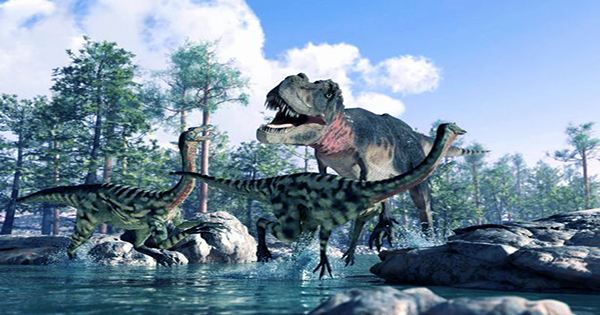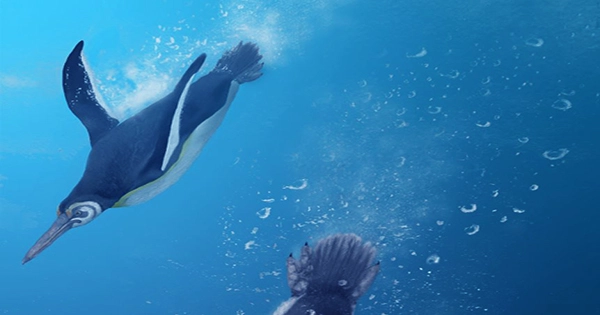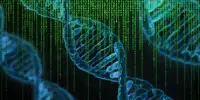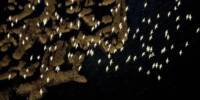Scientists have been looking for the ancestors of old seagoing reptiles from the Age of Dinosaurs for almost 190 years. The ancient ichthyosaur, also known as a “fish-lizard,” has now been found on the isolated Northern island of Spitsbergen by a team of Swedish and Norwegian paleontologists.
Fossils of the extinct group of marine reptiles known as ichthyosaurs have been found all over the globe. They developed a “fish-like” body shape akin to that of contemporary whales and were among the first land animals to adapt to life in the open water. While dinosaurs were on land, ichthyosaurs dominated marine habitats for more than 160 million years and were at the top of the food order in the oceans.

The end-Permian mass extinction, which ravaged marine ecosystems and cleared the way for the start of the Age of Dinosaurs nearly 252 million years ago, is credited with reptiles’ first foray into the open sea, according to textbooks. According to the legend, land-based reptiles with walking legs entered shallow coastal environments to fill the voids left by this catastrophic event by marine predators. These early amphibious reptiles improved their swimming skills over time, ultimately modified their limbs into flippers, acquired a body shape resembling a fish, and began giving birth to live young, severing their final connection to the ground by eliminating the need to come ashore to lay eggs.
This well-established hypothesis is currently being challenged by the new fossils found on Spitsbergen.
Flower’s valley, in western Spitsbergen, cuts through snow-capped mountains, revealing rock layers that were once mud at the bottom of the sea about 250 million years ago. The valley is close to the hunting cabins on the southern shore of Ice Fjord. The mudstone has been removed by a swiftly moving river fueled by snowmelt, exposing concretions, or rounded limestone boulders. These were created from limey sediments that accumulated around animal remnants that were decaying on the ancient seabed, preserving them in stunning three-dimensional detail. These concretions are sought after by paleontologists today so they can study the ancient remains of long-extinct marine life.
A sizable collection of concretions from Flower’s valley was gathered during an excursion in 2014 and transported back to the Natural History Museum at the University of Oslo for upcoming research. In collaboration with The Museum of Evolution at Uppsala University, research has now revealed the existence of bony fish, strange amphibian bones that resemble crocodiles, as well as 11 connected tail vertebrae from an ichthyosaur. These vertebrae were unexpectedly found in rocks that were presumably too old to contain ichthyosaurs. The vertebrae are also identical to those of geologically much younger, larger-bodied ichthyosaurs, and even preserve internal bone microstructure showing adaptive hallmarks of fast growth, elevated metabolism, and a fully oceanic lifestyle, as opposed to representing the textbook example of an amphibious ichthyosaur ancestor.
The date of the fossils was determined by geochemical analysis of the nearby rock to be about two million years after the end-Permian mass extinction. This forces a revision of the textbook interpretation and reveals that ichthyosaurs likely first radiated into marine environments before the extinction event. Given the estimated timescale of oceanic reptile evolution, this pushes back the origin and early diversification of ichthyosaurs to before the beginning of the Age of Dinosaurs.
Excitingly, the finding of the oldest ichthyosaur rewrites the widely held belief that the Age of Dinosaurs marked the time when the majority of reptile lineages first appeared. With fossils of their most ancient ancestors still pending discovery in even older rocks on Spitsbergen and elsewhere in the world, it is now apparent that at least some groups preceded this historic period.
The paper is published in the prestigious international life sciences magazine Current Biology.
















